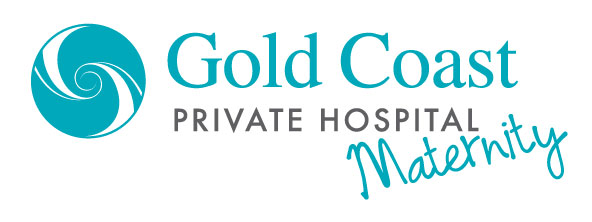You may already have your mind set on a certain brand or type of nappy, but it always pays to do research as there are plenty of options and products available – from traditional cloth nappies, through to disposable nappies and even new ‘hybrid’ nappies which are bio-degradable and eco-friendly.
To help you in your decision, here are some common arguments for and against these different types of nappies for you to consider..
The environment
There is no doubt that sending billions of disposable nappies to landfill each year is a major environmental mistake. There are also some environmental arguments against cloth nappies regarding resource management i.e. the water involved in the rinsing, soaking, cleaning (and possibly drying in the dryer if you don’t live in year round summer).
Advocates for cloth nappies will argue that the manufacturing of the disposable nappy puts greater burden on the environment, but the disposable nappy team argue that in the processing and bleaching of cotton for the cloth nappy the same occurs.
There are new bio-degradable disposable nappies which might be the best solution for those who are eco conscious. Bio-degradable nappies are designed to break down in compost … unfortunately, they don’t break down well in landfill – which is where most still end up.
There are also ‘hybrid’ nappies available which have a cloth exterior with a flushable insert, so the answer is to do your research if you are looking for a ‘green’ solution.
Your time
Without a doubt the time it takes to have clean disposable nappies (trip to the shop – or better still, delivery) is less than the time it takes to rinse, soak, wash, hang/dry your cloth nappies, particularly for a sleep deprived mum who is also trying to manage a home, keep herself clean, dressed, fed, and have some quality baby play time.
There are, however, nappy services – for both options. Services that collect your bag of dirty nappies and deliver a batch of clean ones, and services that deliver bulk disposable nappies.
Your wallet
Cost is certainly to be considered. It is reported that the average child goes through between 6,000 and 7,00 nappies in their first 2.5 years, equating to between $1,800 and $3,200 – depending on what brand of disposable nappy you use.
A reusable modern cloth nappy system usually costs between $250 and $1,200 – depending on brands. These can be reused for second and third children, making the savings significant, even taking into account water, washing powder and electricity.
Your baby’s bottom
This one is a tricky one. Advances in disposable nappies has led to the good quality brands being super absorbent and able to keep your baby dry, many of which can retain many times their weight in liquid.
However, disposable nappies also contain certain ingredients like adhesives, fragrances, dyes and rubber – all of which can cause allergic rashes – making cotton, bamboo or charcoal a more natural choice with less chance of causing allergies.
Convenience for travel
When we talk about travelling with enough nappies, it’s not just the long trip down south to visit family or that first overseas holiday, but also the day trip to the park with friends. With both options you need to pack for all eventualities.
The difference being with your disposable nappies if you happen to run out it’s a quick trip to the chemist or shop for replacements. If you run out of cloth nappies, even if you are able to buy some nearby, there is also the issue of washing them before use. Then there is also the issue of carting home the bag of dirty nappies that might have to sit in the car in the hot sun for a day.
A good compromise could be opting for the eco friendly flushable inserts – which fit inside most modern cloth nappies and are often made from bamboo. You can easily replace the line without changing the cloth nappy (in most cases!).
How about a hybrid?
You can, of course, opt to use both. Cloth nappies by day when baby is (hopefully) more awake and can be changed regularly, disposable nappies by night when you want longer sleeps between nappy changes; cloth nappies for visits to nanna and poppy who might have their own cloth nappy supply; disposable for holidays, day care and other outings for the convenience of buying if you run out and throwing out the dirty ones.
Ultimately the choice is yours but it is best to be informed about the impact of your choices on your environment, your family and your baby.

